The Hart Museum remains closed. Los Angeles County has approved a plan to transfer the William S. Hart Museum and Park from the County to the City of Santa Clarita.

Take a trip down memory lane where music meets the Museum thanks to special pieces from the Seaver Center and History Collection
Unfortunately, February 2021 marked the loss of a trailblazer, singer Mary Wilson, one of the original members of the 1960s super group, the Supremes. Throughout the 1960s the Supremes dominated the music scene, battling the Beatles for the top spots on the charts. Rock ‘n Roll, R&B, Disco, and even Country, the Supremes sang it all, although today best remembered for their pop classics such as “Baby Love” and “Someday We’ll Be Together.” Their story inspired the hit Broadway musical and movie, Dreamgirls. To this day, the Supremes remain the most successful female group of all time.
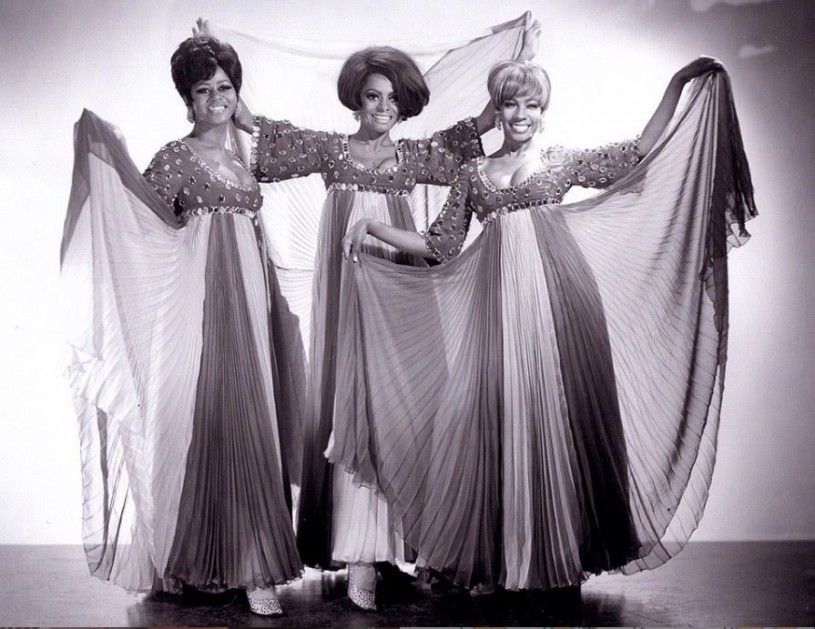
But more importantly, the Supremes opened doors during the Civil Rights era. In Mary Wilson’s words, Berry Gordy (founder of Motown Records) groomed “class acts” that would appeal to a wide audience in a segregated America where Black artists were not always welcome in the venues where they were performing.
By the late 1960s, America saw on television, on record album covers, and in magazines, three talented young Black women, beautifully groomed and wearing bedazzling costumes. Who wouldn’t want to be a Supreme? They helped break down racial walls that were starting to crumble during the 1960s.
Mary Wilson put it best: “We became the face of the Black movement just by being Black and prominent—the face of young Black women achieving something.” The Supremes helped break down racial walls that were crumbling during the 1960s and Mary Wilson was clearly aware of the role they played.
The Supremes’ costumes became an integral component of their acceptance in White America. Women and girls from a variety of backgrounds pictured themselves wearing these fashions. Audiences anticipated what the Supremes would wear to performances as eagerly as what they would sing. This importance was acknowledged in 2015 with a traveling exhibition sponsored by the GRAMMY Museum which was still on the road in New Jersey when the pandemic struck. The accompanying book, Supreme Glamour, published in 2019, was co-authored by Mary Wilson.
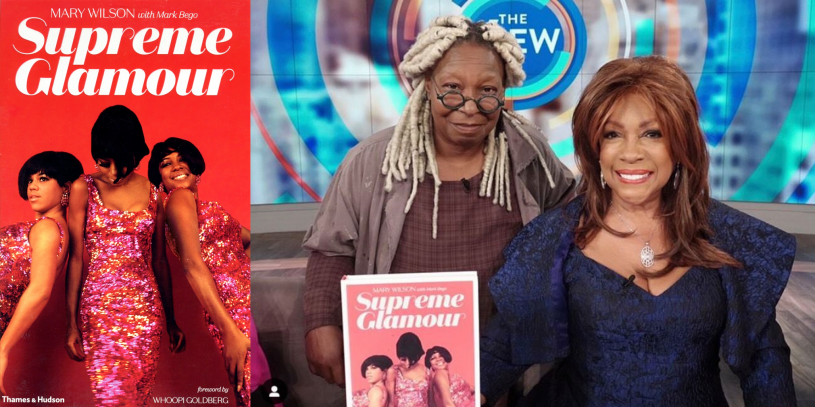
Los Angeles' garment industry holds a connection to the glamorous gowns worn by stars of this era. The sketches below are from Mary Ann Embroidery, Inc., which was located in downtown Los Angeles’ Fashion District. Formerly known as the Garment District, the neighborhood is defined by its retail and wholesale businesses which for decades have sold apparel, footwear, accessories, and fabrics. Others, such as Mary Ann Embroidery, offered specialized services to the fashion industry.

Mary Ann Embroidery was founded by Anna Sardone Scotti Esposito who was born in Italy in 1907. According to her daughter-in-law, when Anna’s family immigrated to the United States, the 14-year-old stayed behind due to a fever. Anna was placed in a convent for the next four years where she learned embroidery. She rejoined her family in the U.S., eventually opening an embroidery school and business specializing in embellishing fabrics with beadwork, sequins, and embroidery. Her son Anthony Scotti joined her in the business in 1959, working with her for over a decade before taking over the operations. Among their clients were costume designers and theme parks. Mary Ann Embroidery would take the clients’ sketches, and turn them into three-dimensional reality, using sequins, beads, and stitching to create what the designers had imagined on paper.
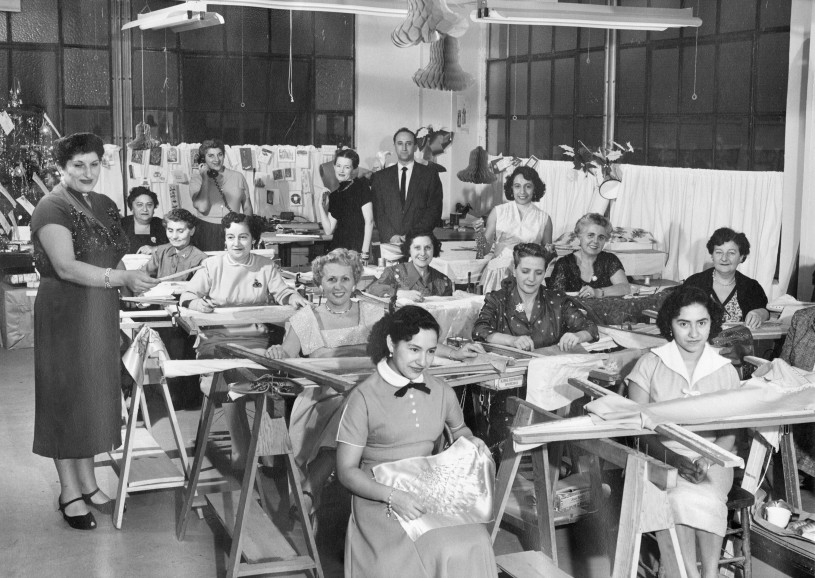
The company most likely was contracted by costume designer Michael Travis to sew the beadwork on the costumes depicted in the sketches. Travis was best known for his work on television and for musical acts on stage in the 1960s and 70s. Pianist Liberace was Travis’ most famous client while the television show Laugh-In was his most demanding, requiring him to provide up to an astounding 300 costumes per week.
Following Michael Travis’ death in 2014, his nephew donated Travis’ collection of sketches to the Smithsonian’s National Museum of American History.
These Supreme sketches were probably left at Mary Ann Embroidery to serve as patterns for the beadwork. Given the 1970 date marked in the lower left corner, they are likely among the new suite of costumes designed for the group following Diana Ross’ departure in January 1970 to pursue a solo career. Mary Wilson remained with the Supremes, and Diana Ross was replaced by Jean Terrell.
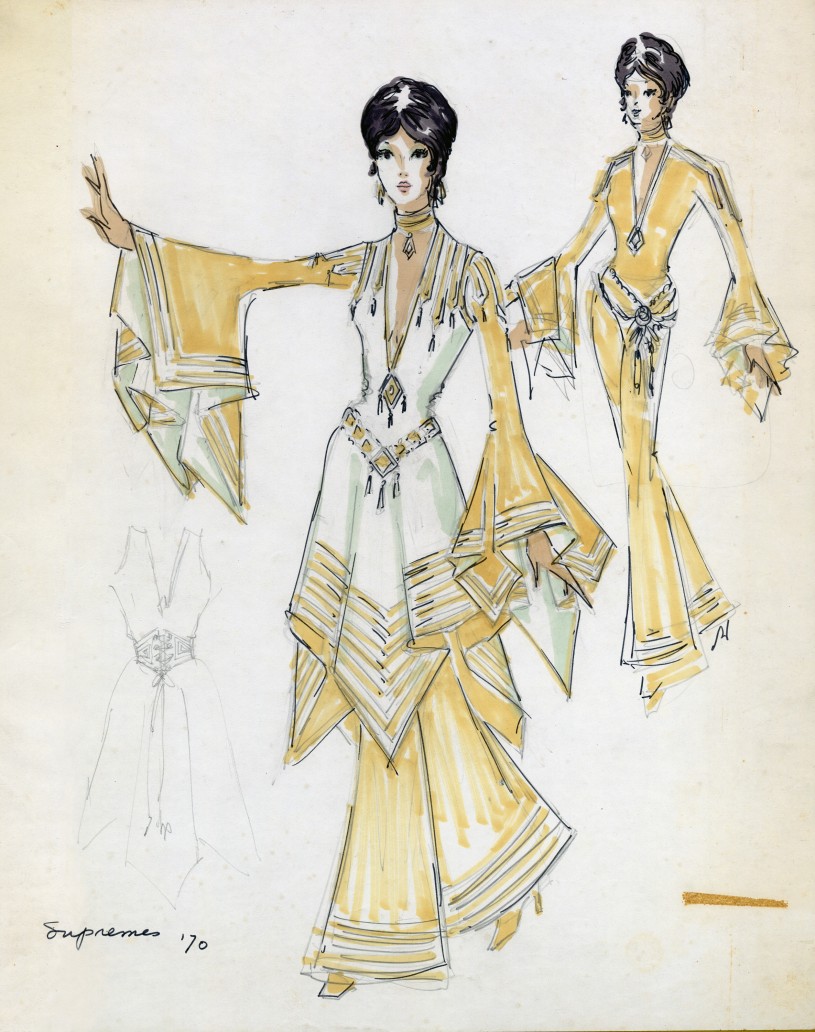
Interestingly, or perhaps tellingly, the Supremes are depicted as White in the sketches.
To date, the Museum’s History Department staff has not been able to match the sketches to photographs of the Supremes wearing the finished costumes, but the search is still underway. Mary Wilson spoke several times about the tremendous expense of these costumes, which is why they were repeatedly worn, altered for later group members such as Jean Terrell, and even remade to keep up with changing styles.
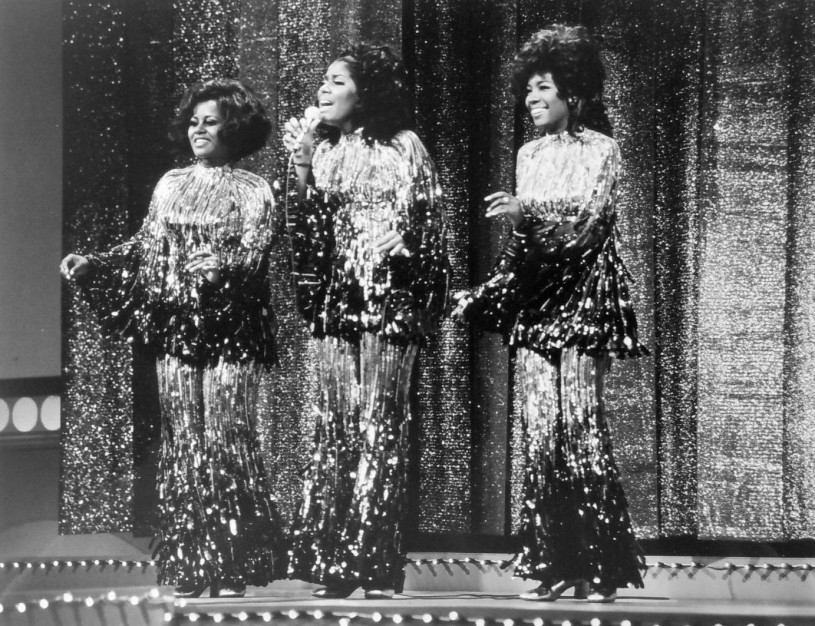
It is possible that the two costumes depicted in the sketches were among the nine sets of costumes destroyed in 1974 when a fire broke out in the dressing room of the casino where the Supremes were performing. The fire was a financial setback for the group, as Motown deducted the expense of the group’s costumes from the Supremes’ bank account. For this reason, at the beginning of their careers, the Supremes or their family members made the group’s costumes to keep expenses down. In this era before stylists, the Supremes were solely responsible for their “look,” designing and sewing their costumes. Later, they began purchasing their stage wardrobe at upscale department stores.
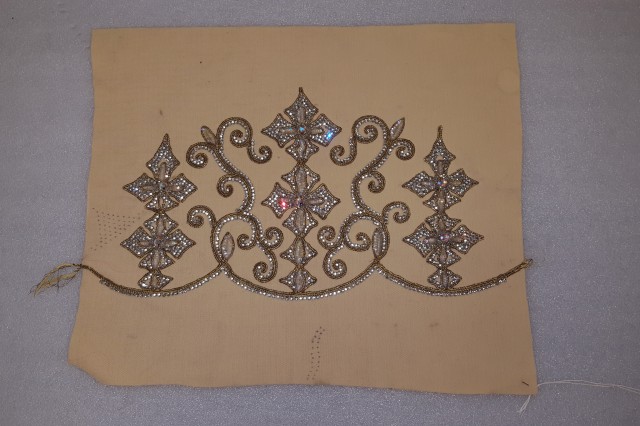
History Collections, NHMLAC
These embroidery samples from Mary Ann Embroidery were donated to the Museum by her daughter-in-law.
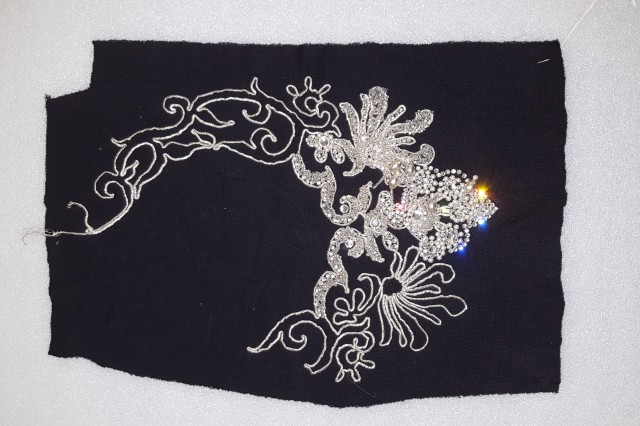
History Collections, NHMLAC
These embroidery samples from Mary Ann Embroidery were donated to the Museum by her daughter-in-law.
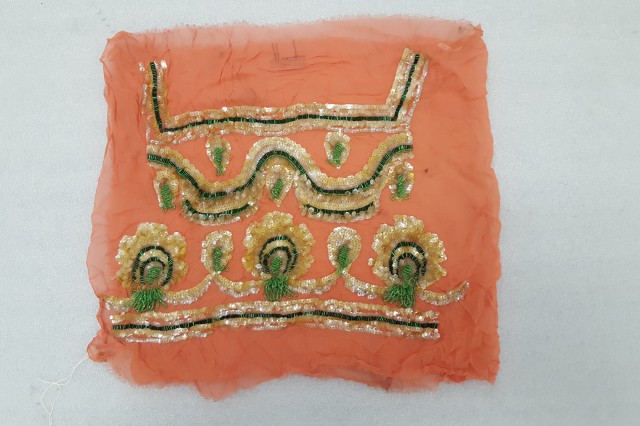
History Collections, NHMLAC
These embroidery samples from Mary Ann Embroidery were donated to the Museum by her daughter-in-law.
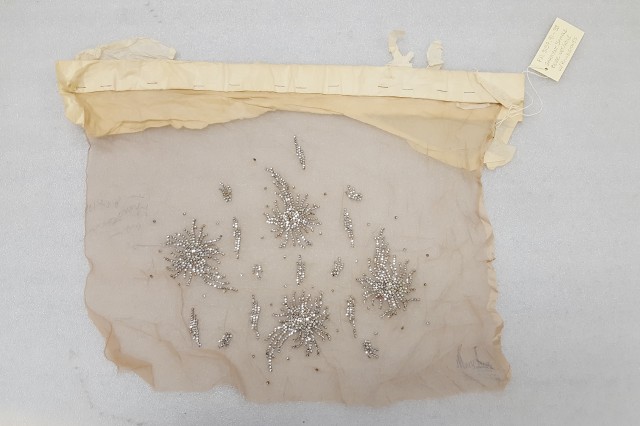
History Collections, NHMLAC
These embroidery samples from Mary Ann Embroidery were donated to the Museum by her daughter-in-law.
1 of 1
These embroidery samples from Mary Ann Embroidery were donated to the Museum by her daughter-in-law.
History Collections, NHMLAC
These embroidery samples from Mary Ann Embroidery were donated to the Museum by her daughter-in-law.
History Collections, NHMLAC
These embroidery samples from Mary Ann Embroidery were donated to the Museum by her daughter-in-law.
History Collections, NHMLAC
These embroidery samples from Mary Ann Embroidery were donated to the Museum by her daughter-in-law.
History Collections, NHMLAC
According to Mary Wilson, it wasn’t until the 1968 television special, T.C.B. (Taking Care of Business), “that designers started bringing us their fabulous sketches for our gowns. Michael Travis designed all of the wonderful outfits that the Supremes and the Temptations wore on this show, and he became our personal designer.”
As a Los Angeles-based designer, Travis naturally turned to the local Garment District to execute his designs, which is why we are fortunate to have these two costume sketches. When Mary Ann Embroidery, Inc. closed, Mary Ann’s daughter-in-law donated a collection of beadwork and embroidery samples, designs, sketches, photos and even the store sign to the Natural History Museum of Los Angeles County, documenting this important connection to the Supremes and the powerful messages costume can convey.